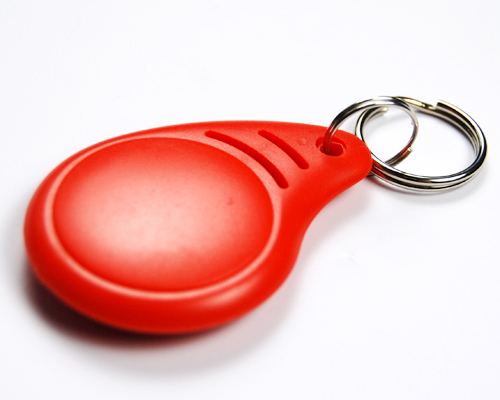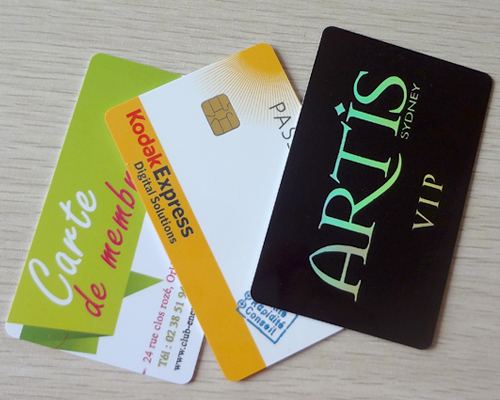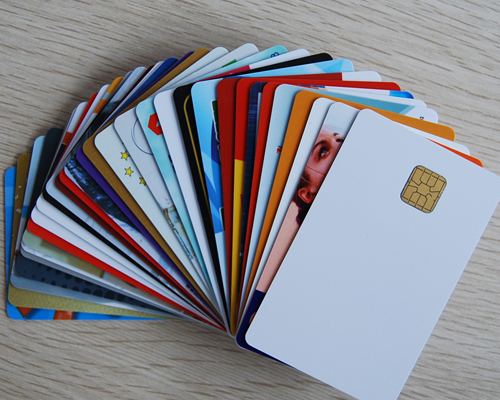Electric vehicle manufacturer KentFa Advanced Technology has installed 60 RFID-enabled battery-exchange stations in Taiwan, so scooter operators can trade in their bike’s depleted batteries for fully charged ones. The goal is to encourage the use of electric scooters rather than gas-powered models.
Nowadays there are more than 8,000 battery-recharging stations in Taiwan, yet using them is often inconvenient, since scooter drivers must drop off their bike batteries at a recharging station and then retrieve them several hours later.
The Taiwan Environmental Protection Administration (EPA) speculated that it would be more convenient to simply replace a spent battery with a fully charged one, for a fee, at public locations throughout the cities in which the majority of traffic occurs, so it approached KentFa Advanced Technology to develop the recharging stations.
The station operates similarly to a vending machine, with each machine storing 15 batteries. Each battery stored in the machines has an EPC Gen 2 UHF RFID tag. KentFa’s software stores information about each battery, including its serial number, maintenance record, manufacturer and amperage, as well as the number of times it has been recharged and at which charger this took place. It also stores data regarding the scooter operators participating in the program, including the ID on the card each individual is issued. The station comes equipped with two RFID readers: an Alien Technology ALR 9650 UHF model to read the batteries’ tags, and a 13.56 MHz HF reader to interrogate tags embedded in the ID cards.
The greatest challenge facing the use of RFID was the highly metallic environment, says Gary Huang, KentFa’s VP. KentFa found reads to be unreliable in the presence of the batteries using traditional patch or dipole reader antennas. Therefore, the firm developed a near-field antenna that is fitted into each rack, with a cable running through a slot to each battery storage area that connects the antenna to the reader.
To date, the stations have proven popular since they provide immediate replacement of a fully charged battery. By the end of 2014, the company intends to have installed an additional 500 such stations.






